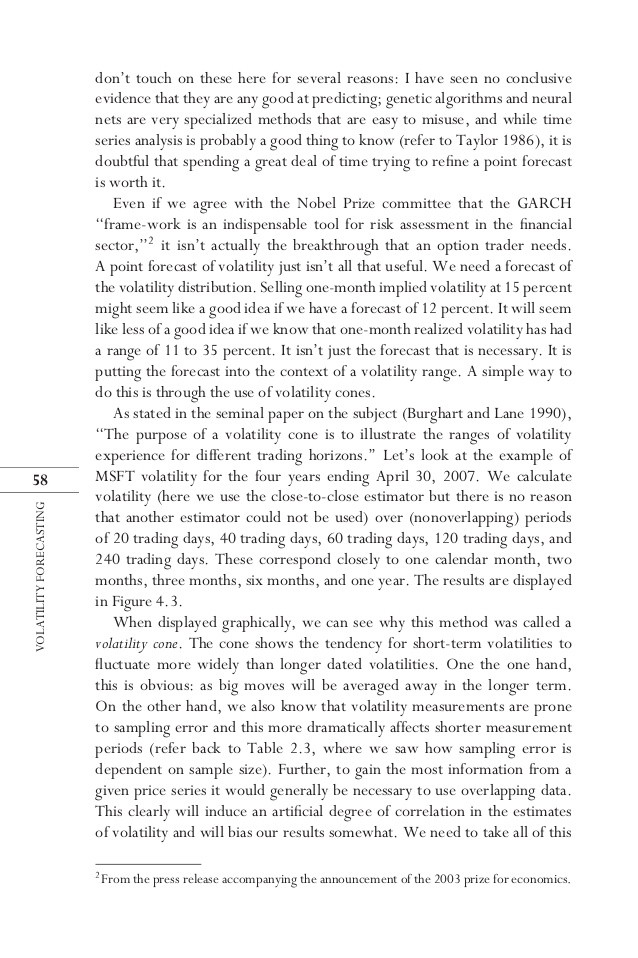How LowVolatility ETFs Can Enhance Your Success_2
Post on: 29 Май, 2015 No Comment

One of the most common missteps an investor can make is buying and selling stocks at the wrong times. This often leads to performance chasing on the way up and selling at inopportune times on the way down. A vicious cycle of this nature can leave you with miniscule gains that get swallowed up by mounting losses. In addition, the psychological toll it can take on your investing confidence should not be discounted either.
Low volatility exchange-traded funds (ETF) make an excellent option for conservative investors that want to participate in the upside of the market with less downside risk. These tools can be used as core holdings within the context of a risk-averse portfolio or as tactical positions to minimize draw down during periods of heightened volatility. In either event, they provide a reasonable allocation to stocks with a historical penchant for lower price fluctuations than their peers.
Dramamine for your Portfolio
The PowerShares S&P 500 Low Volatility Portfolio (SPLV ) is the largest and most established ETF in this space. SPLV tracks 100 of the lowest volatility stocks within the S&P 500 Index based on statistical price fluctuations over the last 12 months. This ETF charges a reasonable expense ratio of 0.25% and has over $4.5 billion in total assets. (For related reading, see: How to Smooth out Your Ride in the Stock Market .)
Each stock within the SPLV portfolio is equal weighted and rebalanced quarterly to provide a similar pull on the total return of the fund. The end result is a basket of large-cap stocks that are skewed towards financial, utility, and consumer staples companies with stable price trends. The ultimate goal of this strategy is to minimize peaks and valleys within your equity allocation to keep you in the market rather than buying and selling at ill-timed moments.
These low-volatility stocks are primarily made up of defensive sectors with stable business models and strong balance sheets. As a result, they typically have higher dividend yields than a traditional broad-based or growth oriented index. For example, SPLV currently has a 30-day SEC yield of 2.42% versus a yield of 1.79% in the SPDR S&P 500 ETF (SPY ). In addition, the income from SPLV is paid on a monthly basis rather than quarterly, which is a worthy quality for income seekers. (For related reading, see: Avoid ETFs with these Traits .)
This theme can be applied to overseas markets as well. The iShares MSCI EAFE Minimum Volatility ETF (EFAV ) provides exposure to 205 stocks in Europe, Australia and Asia with similar characteristics designed to seek out areas with potentially less overall risk. This includes significant exposure to companies in Japan, the United Kingdom and Switzerland as top country allocations.
EFAV’s value proposition is rather unique given the proclivity toward high volatility in foreign markets. It should ultimately help alleviate those concerns for conservative investors that would typically shun international allocations altogether.
Low Volatility Portfolio Strategies
From a strategy perspective, if you feel that stocks may be trading at stretched valuations. or that the market has simply not given you an entry point to add to existing stock positions; low volatility funds present excellent options to deploy fresh capital. For example, if the worst possible outcome should ultimately come to fruition — whereby you purchase a fund such as SPLV or EFAV at a market high — the subsequent drawdown should theoretically much less than purchasing SPY. (For related reading, see: Is It Time for Low-volatility Funds? )
Another strategy that savvy investors can implement is actively reducing their beta through the use of low volatility funds at market peaks. With the S&P 500 posting significant gains over the last three years and very few corrections over that time frame, an opportunistic investor could opt to rotate into SPLV or EFAV to harvest gains in their existing highly appreciated positions and lower beta without removing stock exposure altogether. Essentially, converting existing holdings from a blended growth and value allocation toward the value side of the style box should ultimately still provide a reasonable rate of return even if stocks forge higher. (For more, see: Slow and Steady ETFs Outperforming .)
The Bottom Line
It’s clear from their popularity with both income and low volatility seekers that smart beta indexes such as these will continue to attract investor capital. Low volatility ETFs can also be intermingled with existing holdings as part of a much larger overall risk management plan. The slower pace of investing offered by these funds will allow you to overcome some of the common missteps of buying and selling stocks and should enhance your overall success. (For more, see: Seasick? Try a Low-volatility Fund .)
Searching for income? Download our latest special report on dividend-paying ETFs: The Ultimate ETF Income Guide .
Disclosure: At the time this article was published, principals and clients of FMD Capital Management held no positions in the ETFs mentioned above.














